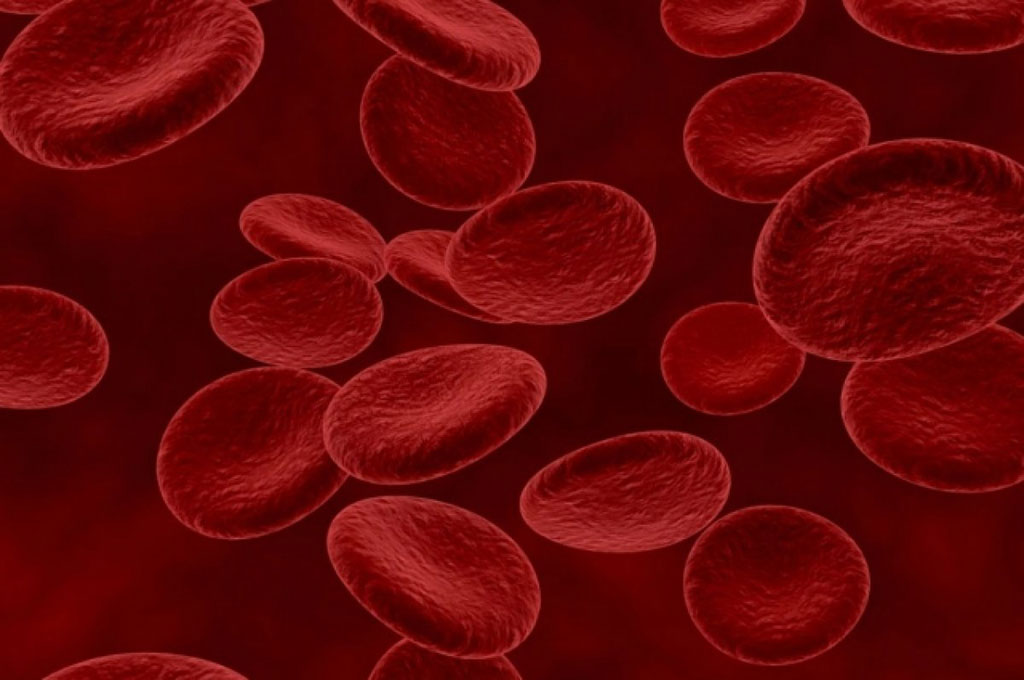Portable Tool Can Diagnose and Monitor Sickle Cell Disease
Posted on 23 Jun 2023
Sickle cell disease is a lifelong, inherited blood disorder characterized by rigid, sickle-shaped red blood cells due to a severe alteration in their morphology. These misshaped cells can clog blood vessels, impeding blood flow and leading to unpredictable, painful episodes when tissues become oxygen-deprived. The most prevalent and serious complications of sickle cell disease include anemia, pain, and organ failure – with stroke affecting roughly 10 out of every 100 children diagnosed with the condition. The primary objective in managing sickle cell disease is to prevent these painful crises, which require diagnostic and monitoring tools under medical supervision. However, current tools are cumbersome, expensive, and require specialized training. The gold standard methods used to monitor and diagnose the disease, primarily genetic tests and optical microscopy of sickle-shaped red blood cells, are time-consuming, prone to delays, and fail to capture real-time changes.
Currently, there are no commercial tools that allow for the continuous monitoring of sickle cell disease and no portable field sensor that can quantitatively measure and monitor cell sickling events using small blood samples. This leaves patients, whether diagnosed or undiagnosed, vulnerable. As morphological changes from repeated cell sickling events can result in permanent cell damage, rapid diagnosis, and treatment are critical. In response to this challenge, researchers at Florida Atlantic University (Boca Raton, FL, USA) have utilized microfluidics, flow cytometry, and electrical impedance to develop an innovative solution that offers patients a better means of managing their disease. Cytometry measures cells and other biological particles, while flow cytometry measures the size, shape, and quantity of cells moving in a fluid stream. Impedance-based flow cytometry provides information on individual particles by measuring changes in impedance values created by particles passing through measurement electrodes. Yet, the current equipment used for these measurements is expensive and cumbersome.

This new invention offers an alternative for patients and healthcare providers. The device consistently and swiftly monitors sickle cell disease using a microfluidics-based electrical impedance sensor, which can determine the rate of cell sickling and the percentage of sickled cells. It can identify the dynamic processes of cell sickling and unsickling in sickle blood without the need for microscopic imaging or biochemical markers. Assisted by a computer application created for the device, users can conduct impedance scans over specific time lengths, plot the measured impedance magnitude and phase, and directly share the raw data from a smartphone. This portable device, weighing approximately one pound, is handheld and simple to operate.
“There are many advantages to using this device such as portability and affordability,” said Sarah Du, Ph.D., an associate professor in Florida Atlantic University’s Department of Ocean and Mechanical Engineering within the College of Engineering and Computer Science, who recently received a patent from the United States Patent and Trademark Office for the novel invention. “Importantly, this device will provide users with measurements to diagnose their sickle cell disease severity and compare normal versus diseased sickle cell red blood cell samples. These longitudinal measurements will only require an extremely low sample of blood such as from a finger stick to allow patients to monitor their disease.”
“The combination of electrical impedance measurements and microfluidics provides a promising method to rapidly assess the dynamic processes of cell sickling and unsickling in patients with sickle cell disease," added Stella Batalama, Ph.D., dean, FAU College of Engineering and Computer Science. “Professor Du’s cutting-edge technology, which has received an important U.S. patent, will provide patients with sickle cell disease opportunities to reliably and conveniently monitor their disease in the same way patients with diabetes can monitor their disease using a glucometer.”
Related Links:
Florida Atlantic University













